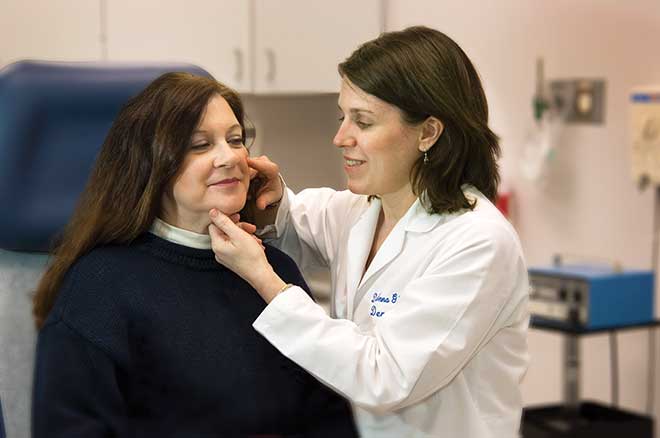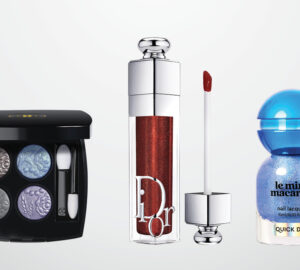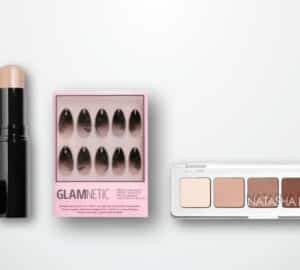Makeup and creams can take you only so far, and there are many factors to consider before turning to something a little more permanent. SLUCare interim chairman of dermatology Dr. Dee Anna Glaser offers insight into the world of cosmetic dermatology.
Q| When should we begin to consider Botox to minimize the appearance of wrinkles and fine lines?
A| Botox is a generic term, as there are three FDA-approved botulinum toxins for cosmetic use. The logical time to consider these is when someone comments on a negative aspect, like, “Why are you always mad/look worried?” or when you notice in the mirror that your face makes wrinkles easily with facial movements.
Q| What’s the difference between Botox and filler?
A| Botox relaxes muscle movement and is used for lines/wrinkles that develop because of muscle movement (frown lines, crow’s feet, horizontal forehead wrinkles, vertical lip wrinkles). It also is used to reshape the face by relaxing certain muscles. We can make the corners of the mouth go upward a little by relaxing the muscles that pull down on the mouth. We can lift up eyebrows a little by relaxing the muscles that pull them down. Fillers help to replace volume and are used alone or in conjuction with Botox. Classic areas are the smile lines, cheeks, marionette lines and hollowness in the temples. Fillers also help to stimulate the skin to make collagen, which adds to the actual volume of the face.
Q| Can Botox be used to prevent future wrinkles and lines? If so, should women get Botox sooner?
A| It is best to treat with Botox before lines get deep at rest. We get more dramatic results when we start earlier; for some very expressive people, that might be in the 20s or 30s.
Q| What’s the difference between getting Botox at a doctor’s office versus a med spa?
A| Physicians are trained in muscle anatomy, blood vessel anatomy and the overall aesthetics of the face. You tend to get more individualized injections from them.
Q| What is the average age of your patients?
A| The average is 50-plus, but we are seeing an increase in younger patients and male patients. We also are seeing older patients in their 70s and 80s, and I have a couple in their 90s. Botox can give good results with a high safety profile, and patients are looking for noninvasive ways to maintain and improve their looks.
Q| In the last 10 years, how much has Botox use among your patients increased?
A| Our Botox use has grown tremendously. When patients are here, I let them know we also can give them a little eye-lift, or help their jowls with Botox, and they are excited about that.








